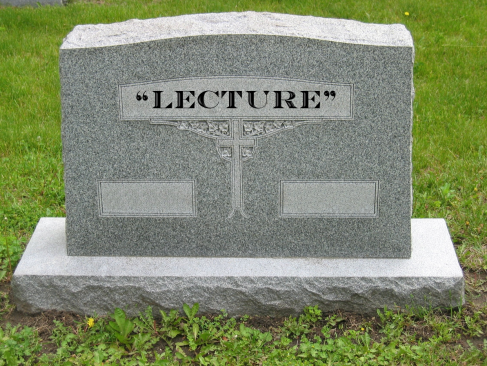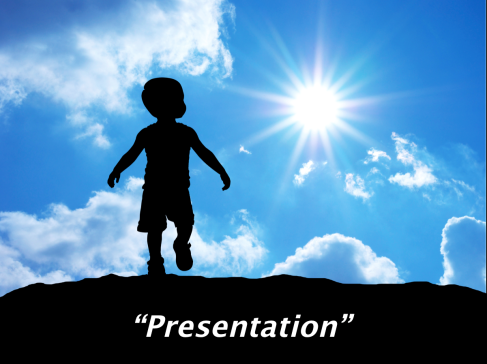…thanks to the thirty EM physician educators from around the world who participated in our workshop at The Teaching Course with gusto and made revolutionary changes to their slide design practice, as you can see on the ALiEM site.
In follow-up to Tyson’s post below, here are key take home points from our talk:


“The Lecture is dead, but the Presentation is alive.” Being a good PRESENTER is about becoming a star speaker and having a stellar slide soundtrack (BrainSlides.com 2010).
Creating that amazing slide soundtrack starts with storyboarding in analog, as described by both Garr Reynolds and Nancy Duarte, (i.e. on a whiteboard or with pen and paper…gasp!) and also avoids two common bad habits:
- Content Overload = teaching your learner too much information. It’s best to stick with 3-4 points at max. Remember: The NNT is 4…number needed to TEACH!
- Cognitive Overload = slide design that competes with your spoken message. Avoid making your learners multitask with excessive stimuli on the slide that requires cognitive processing power. Multitasking can lead to traumatic brain injury! Instead, slides should be in the background and provide a powerful emotional and visual message, just like the auditory message of your favorite soundtrack. One of my all-time favs is Braveheart. Imagine capturing that power and emotion the next time you design a presentation.
To avoid cognitive overload, it is best to follow those principles of multimedia design. In upcoming posts, we will provide practical tips on HOW you do this in your slide design software. Be on the lookout for our new series: Slide Studio 101.
Until then…what’s your favorite soundtrack and how does it inspire you?
A special thanks to Michelle Lin and the faculty and participants of The International Faculty Development and Teaching Course. #IEMTC13
The next course is just around the corner!
April 28-May 2, 2014
Registration open Friday, Nov 8th.
#IEMTC14


